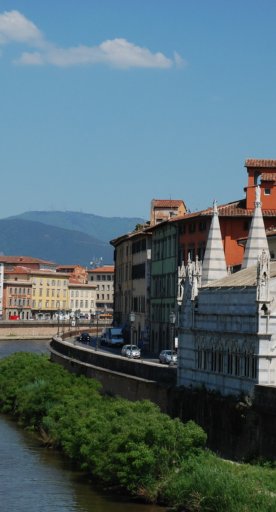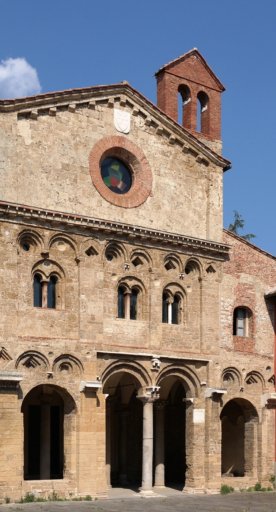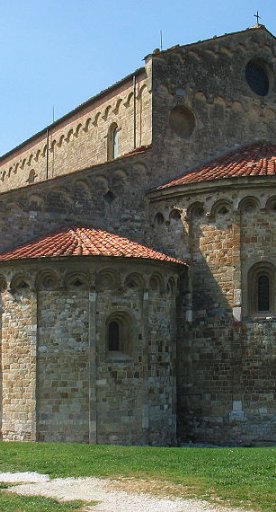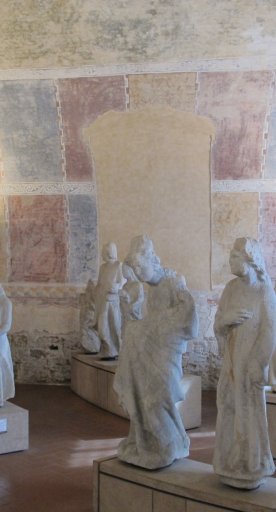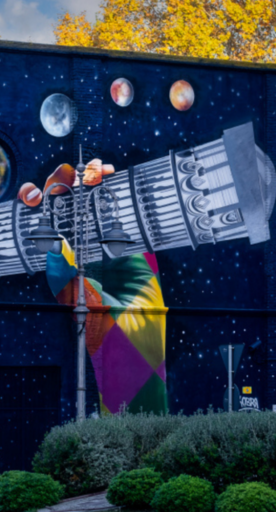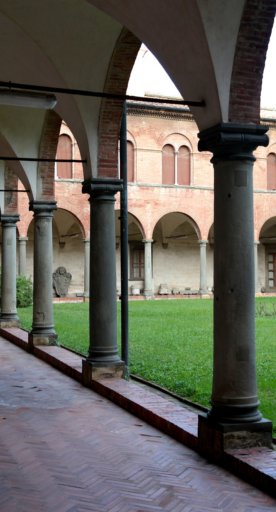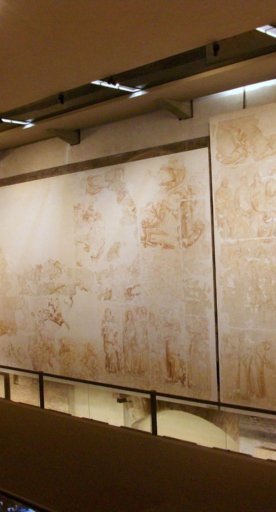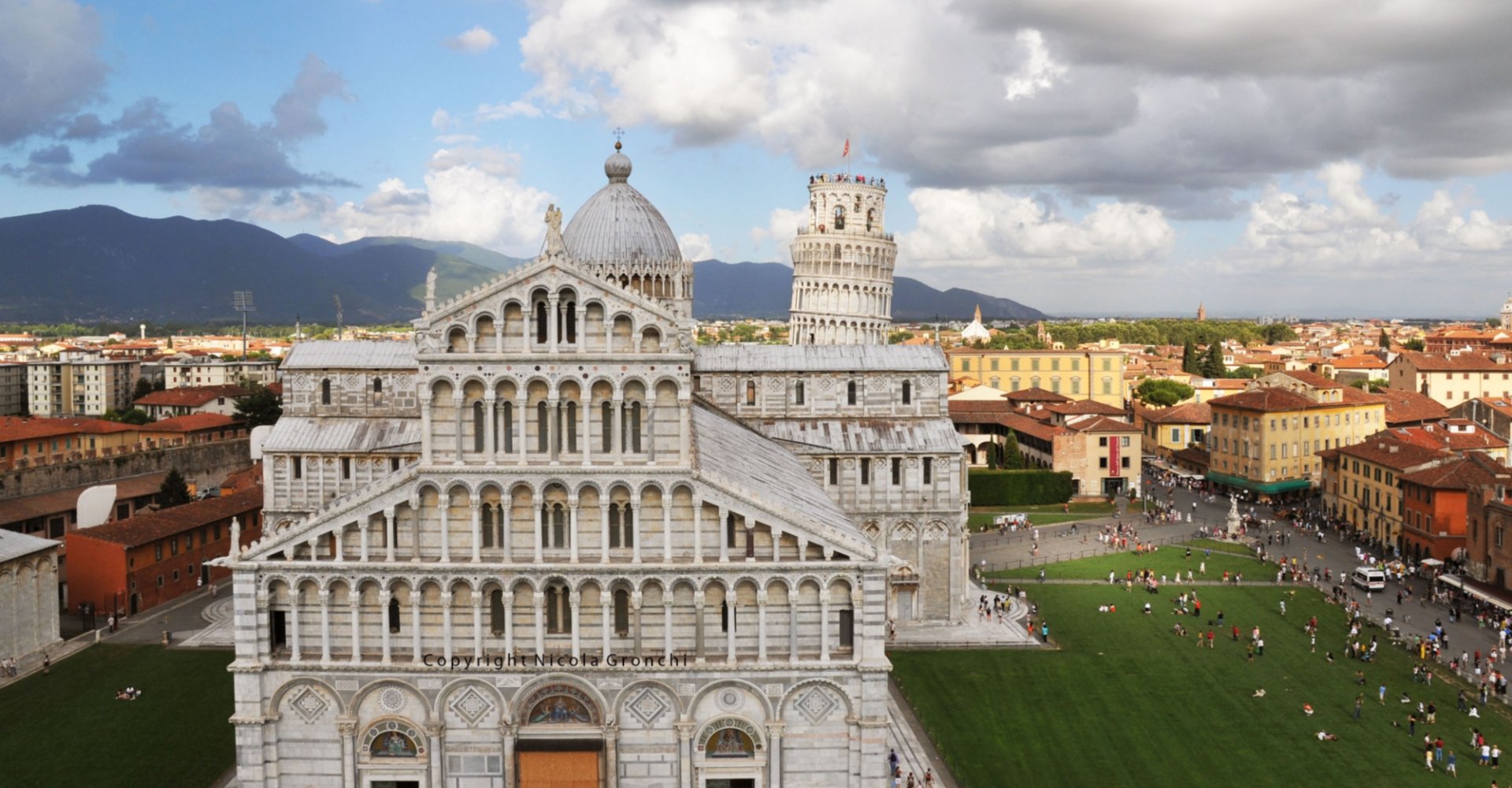
Cathedral of Santa Maria Assunta in Pisa
The Duomo is the heart of Piazza dei Miracoli
The Duomo of Santa Maria Assunta in Pisa is a true masterpiece of the Romanesque period and is evidence of the wealth achieved by the Pisan Maritime Republic at its heyday.
Begun in 1063 by the architect Buscheto, different stylistic elements are blended into it: Classical, Lombard-Emilian, Byzantine, and Islamic, reflecting the international presence of Pisan merchants at the time.
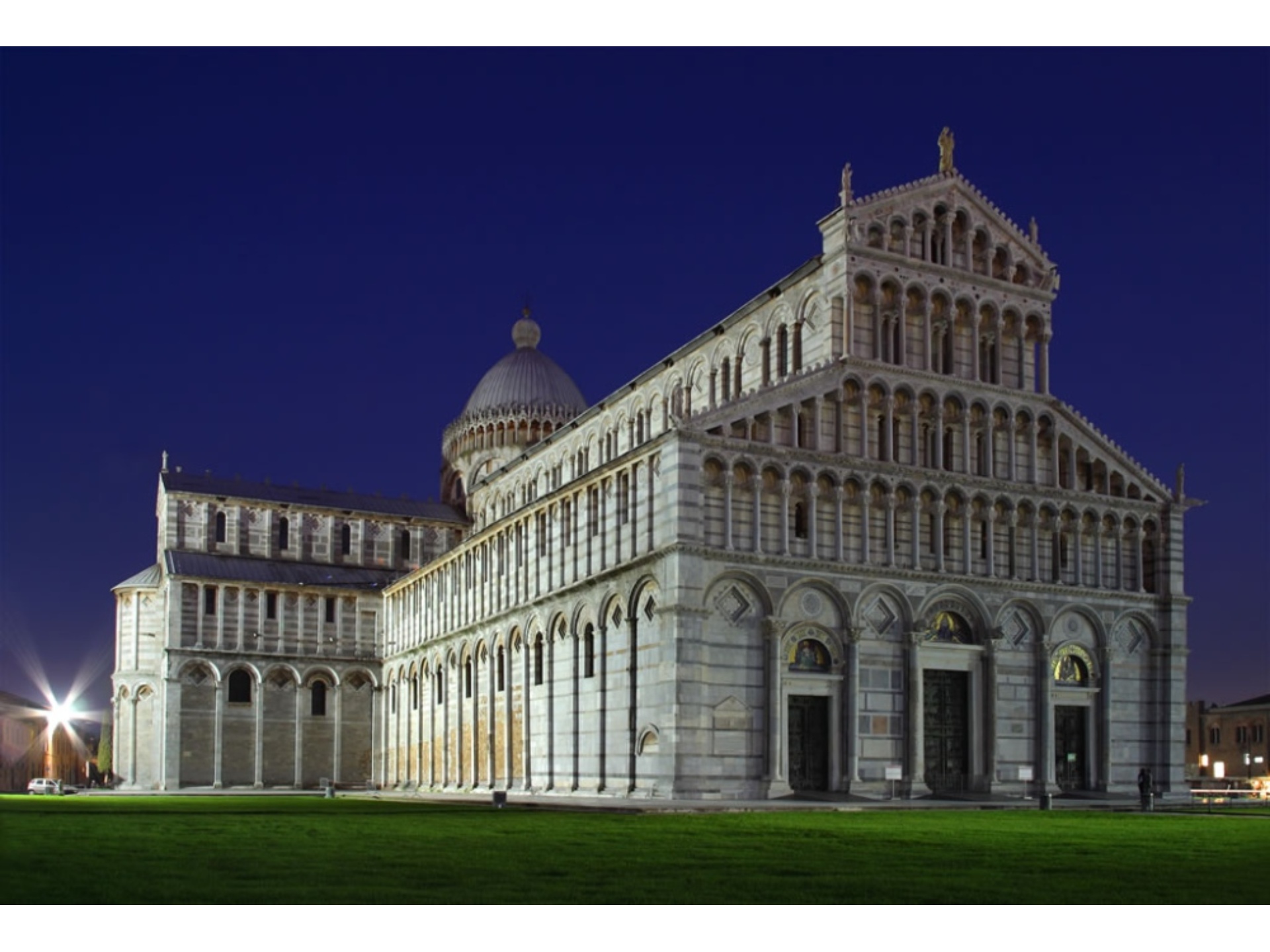
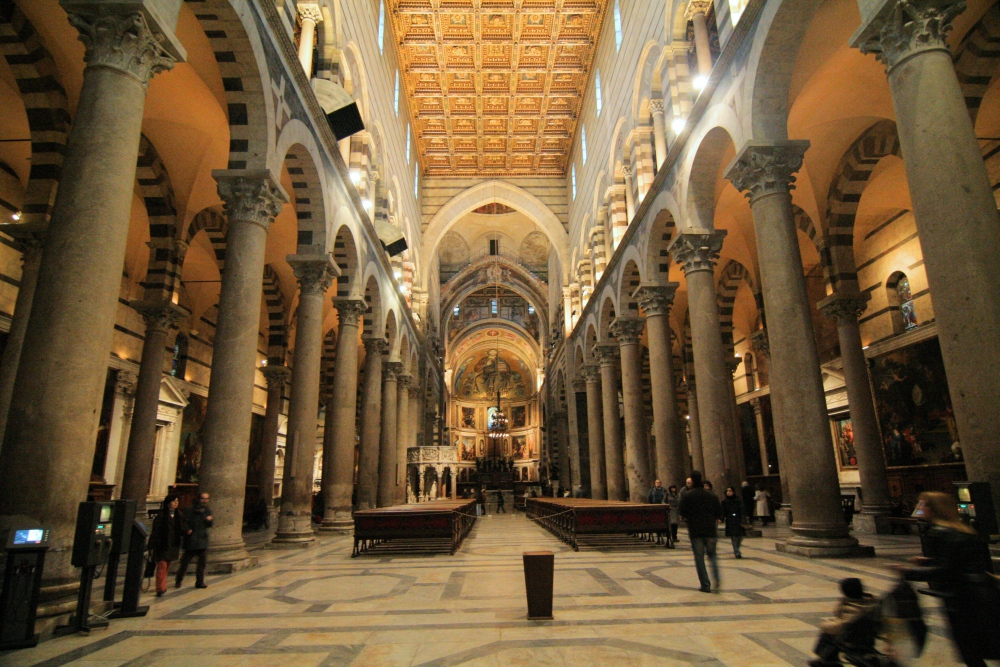
The Duomo of Pisa, with its famous Torre pendente (Leaning Tower) and the Battistero di San Giovanni (Baptistery of St. John) is the most iconic starting point to visit the city of Pisa.
The cathedral is a very special example of architecture whose interior is reminiscent of the great Islamic mosques thanks to the use of raised arches, the alternating bands of black and white marble, and the unusual elliptical dome, of Moorish inspiration. The 17th-century gilded coffered ceiling is by Domenico and Bartolomeo Atticciati from Florence.
At the intersection between the transepts and the central body rises the frescoed dome with the Vergine in gloria e Santi (Virgin in Glory and Saints) by Orazio e Girolamo Riminaldi from Pisa (1627-31). Corinthian-style granite columns between the nave and apse come from the Palermo mosque, spoils of the battle in the Cala by the Pisans in 1063.
The large apsidal mosaic of Christ Enthroned between the Virgin and St. John is made famous by the face of St. John drawn by Cimabue in 1302, which miraculously survived the fire of 1595.
The Duomo also houses the Pulpit by Giovanni Pisano (1302-1310) which is, because of its intricate architectural structure and complex sculptural decoration, one of the most extensive 14th-century storytelling based on images. Carved into the panels are episodes from the Life of Christ.
For its qualities it is generally considered the artist's masterpiece as well as that of Italian Gothic sculpture. The 27 paintings that cover the gallery behind the high altar - depicting Episodi del Vecchio Testamento e Storie cristologiche (Episodes from the Old Testament and Christologies) – were made between the 16th and 17th centuries by some of Tuscany's leading painters, including Andrea del Sarto, il Sodoma and Domenico Beccafumi.
Behind the Duomo, overlooking Piazza dei Miracoli, is located its monumental cemetery called Camposanto, where important citizens were buried.
Accessibility information: opapisa.it

